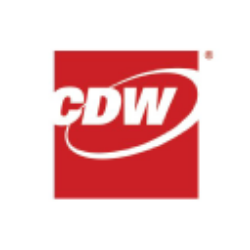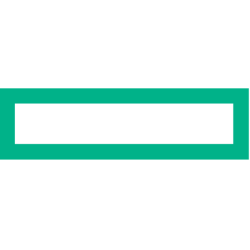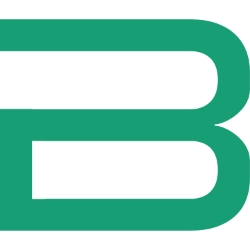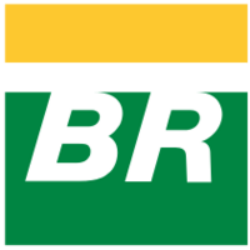What Is a Sustainable Competitive Advantage and Why Does It Matter?
A sustainable competitive advantage is the cornerstone of long-term business success. It refers to a company’s ability to maintain superior financial performance and market leadership over competitors through structural advantages that are difficult to replicate. Unlike temporary advantages (e.g., short-term cost cuts or marketing campaigns), sustainable advantages endure across economic cycles and technological shifts.
Defining Sustainable Competitive Advantage
At its core, a sustainable competitive advantage is rooted in what Warren Buffett famously termed an "economic moat"—a set of structural barriers that protect a company’s profits from competitors. Morningstar defines it as a firm’s ability to generate returns on invested capital (ROIC) that consistently exceed its weighted average cost of capital (WACC). This creates "economic profits" that compound over decades.
The five primary sources of sustainable competitive advantages are:
- Intangible Assets (brands, patents, regulatory licenses)
- Switching Costs (customer lock-in through product/service stickiness)
- Network Effects (value increases with more users)
- Cost Advantage (structural cost leadership)
- Efficient Scale (dominance in niche markets with limited competition)
The Meaning of Sustainable Competitive Advantage
A sustainable advantage is not merely about being "better" but about being structurally unique. For example:
- Coca-Cola’s global bottling network and century-old brand create pricing power and cost efficiencies that smaller rivals cannot match. Its ROIC of 30% (vs. 7% WACC) demonstrates this.
- McDonald’s combines brand recognition (an intangible asset) with scale-driven procurement and franchising (cost advantage). This allows it to maintain 20%+ operating margins despite industry-wide inflation.
- Nvidia leverages its ecosystem of software, hardware, and developer networks (switching costs + intangible assets) to stay ahead of ASIC competitors. Its Blackwell GPU architecture offers 40x performance gains over alternatives.
These companies don’t just outperform peers—they redefine industry standards.
How to Understand the Components of a Sustainable Advantage
1. Intangible Assets
These include brands, patents, and proprietary knowledge. For instance:
- Goldman Sachs and Morgan Stanley retain assets in wealth management through niche products like retirement accounts and tax-managed strategies. Clients stay due to complexity and perceived risk of switching.
- Colgate-Palmolive’s brand equity allows it to command premium pricing while maintaining lower unit costs than smaller competitors.
2. Switching Costs
When customers face financial or operational hurdles to leaving a product/service:
- Fiserv dominates payment processing through integrations with banking systems. Migrating to a competitor would require costly system overhauls for clients.
- Marsh & McLennan locks in corporate clients by managing complex risk portfolios. The perceived value of continuity outweighs potential savings from switching brokers.
3. Cost Advantage
Structural cost leadership often stems from scale or process innovation:
- Costco’s $200B+ revenue base allows bulk purchasing and razor-thin 11% gross margins, which independents cannot replicate.
- Tesla’s Gigafactories reduce battery costs by 30% vs. legacy automakers, enabling EV profitability even during price wars.
4. Efficient Scale
Dominance in markets too small for competitors to enter profitably:
- Martin Marietta controls regional aggregates (crushed stone) markets. High transport costs protect its local monopolies.
- Casey’s General Stores leverages distribution density in rural areas, making it uneconomical for rivals to build competing networks.
Why Sustainable Advantages Matter for Investors
Companies with wide moats generate compounding value:
| Metric | Wide-Moat Firms | No-Moat Firms |
|---|---|---|
| Avg. ROIC | 20%+ | 8%-10% |
| Earnings Stability | High | Low |
| Valuation Premium | 20%-30% | None |
For example:
- JPMorgan Chase’s low-cost deposit base and regulatory compliance investments let it consistently earn 15% ROIC vs. 9.5% WACC.
- Energy Transfer LP, despite scale in energy infrastructure, lacks a moat due to commodity-linked earnings volatility.
Conclusion: The Ultimate Test of Business Resilience
A sustainable competitive advantage is not a static trait but a dynamic capability to adapt while preserving core strengths. Investors should look for:
- Consistent ROIC > WACC
- Visible moat sources (e.g., Coca-Cola’s distribution or Nvidia’s ecosystem)
- Management’s ability to reinvest profits moat-widening initiatives
As markets evolve, these advantages separate enduring winners from transient performers.













